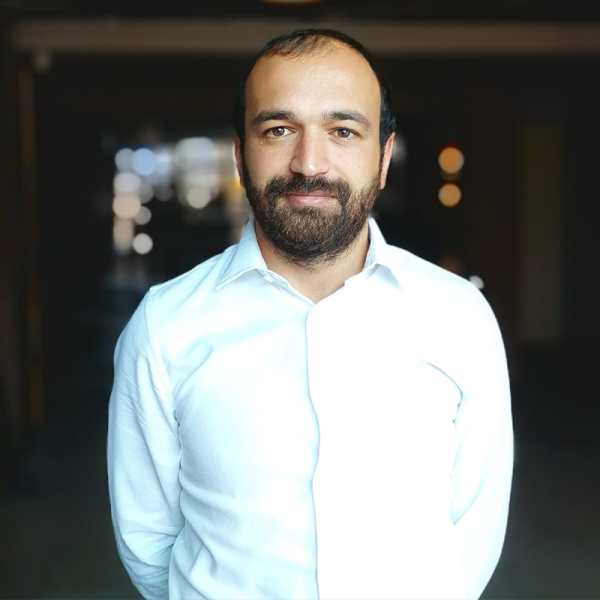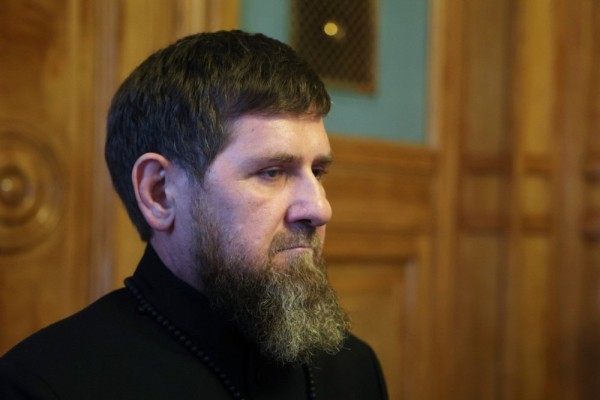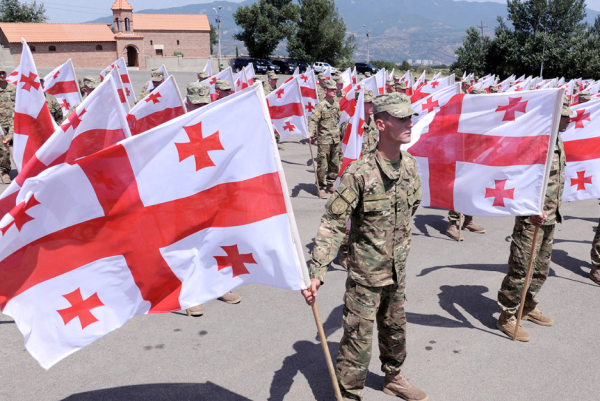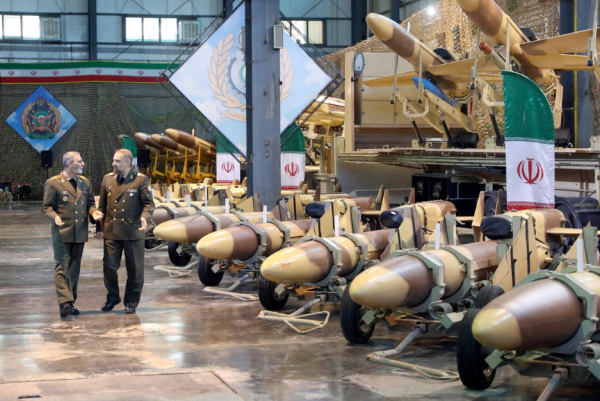To invest or not to invest in the connectivity projects in South Caucasus? Does the EU suffer from ‘bipolar disorder’?
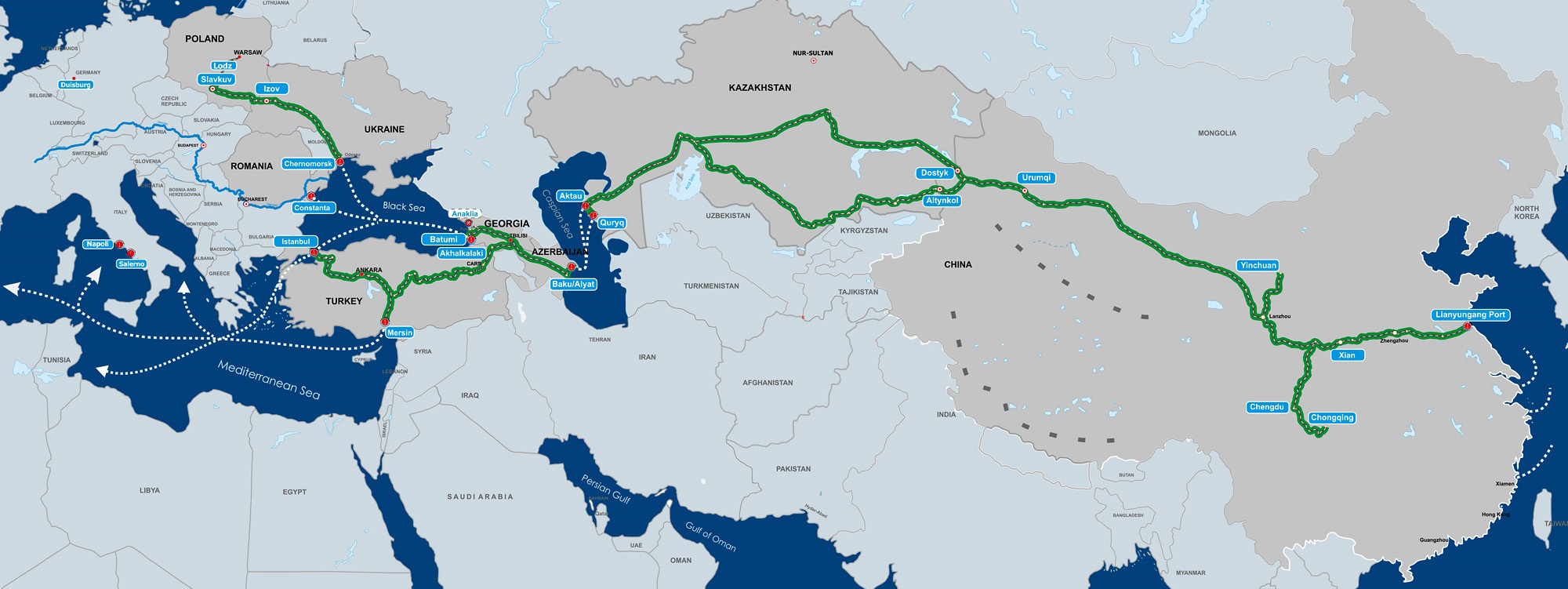
Photo: The Middle Corridor
The Russian-brokered ceasefire to end the hot phase of the Second Karabakh War also envisions the rehabilitation and restoration of the previously disabled communication lines in the South Caucasus region. This creates an opportunity for Turkey and Azerbaijan to increase the capacity of the Middle Corridor’s South Caucasus segment by adding a second line to it. In theory, the envisioned line also serves the interest of the EU, since the EU always mentions its support of the projects that fosters regional cooperation, connectivity, and people-to-people contacts in the eastern neighbourhood. Yet, the geopolitical considerations also seem to deter the EU from taking concrete actions and being clear about its position at this point.
The Middle Corridor, known as the Trans-Caspian International Transport Route, starts from China runs through Kazakhstan, the Caspian Sea, Azerbaijan, Georgia, Turkey, and European countries. Endorsed by Turkey, Georgia, and Azerbaijan corridor also has strategic significance for the EU.
Initiated and funded by the EU in the 1990s, the Middle Corridor is in principle a geopolitically informed and remodified version of the TRACECA (Transport Corridor Europe-Caucasus-Asia) route. Integrating isolated Armenia to the Middle Corridor via reactivating Kars–Gyumri–Nakhchivan–Meghri–Baku railway also means the fulfilment of the original TRACECA project in the South Caucasus.
According to a study financed by the EU/UK and carried out by International Alert, the Kars–Gyumri–Nakhchivan–Meghri–Baku (KGNMB) line is "...more economical and could in the future prove to be an affordable alternative or addition to the existing transport routes of the South Caucasus.” It is estimated that “...the repair of the trackbed and provision of the necessary technical infrastructure for the KGNMB railway and the construction of infrastructure for three border railway stations on the Armenian and Azerbaijani sections would cost US$433.7 million.” The rehabilitation of the Azerbaijani section of the line accounts for US$278.6 million, the Armenian section US$104.6 million, and the Turkish section US$52 million, respectively. By comparison, “…the estimated cost of constructing the rail line that will link Armenia and Iran is US$2–3 billion, and the line that will connect Azerbaijan with Nakhchivan via Kars and Georgia is projected to cost more than US$1 billion.”
Photo: Scheme of railway lines that were operational until late 1980s in South Caucasus (source: International Alert)
Although nowadays the EU is not so vocal about the new developments in the South Caucasus, it has appeared very active concerning the connectivity projects not only in the South Caucasus and in the neighbourhood but also in Central Asia and Asia, until recently. The ultimate goal of the EU is to make sure that its interests are recognized and guaranteed when constructing Eurasian interconnectivity. To this end, in 2019, the EU announced the EU-Asia connectivity strategy, updated its Central Asia strategy, agreed upon a railways corridor study with China in the framework of the EU-China connectivity platform. Azerbaijan was deemed a middle of the EU-Asia connectivity Strategy by the EU in 2019.
Earlier the EU seemed more interested in upgrading the communication and logistics infrastructure of the Eastern Partnership countries. The upgrading is planned to be implemented in the framework of the EU’s Trans-European Transport Network (TEN-T core network) project.
TEN-T is the Belt and Road of the EU. According to the EU-Asia connectivity strategy paper, to keep today’s growth rate in the EU in the period 2021-2030, 1.5 trillion-euro investment is estimated to be invested in the project. TEN-T project also has an eastern neighbourhood dimension. It plans to extend the TEN-T network to all the EaP countries. To achieve this, the EU launched several high-level transport dialogues with Ukraine, Georgia, and Azerbaijan in 2018 and 2019. A similar high-level transport dialogue with Turkey had already started in 2017 in Brussels.
In 2018, the European Commission adopted the maps of the Trans-European Transport Network. The map shows the communication and logistics infrastructure that the EU intends to make investments. The EU announced Indicative TEN-T Investment Action Plan in 2019. The Action plan identifies priority investments around Euro 12.8 billion up to 2030 for the construction and the rehabilitation of new and existing roads, rail, ports, airports, logistical centers, and border crossing points.
The infrastructures that the EU initially planned to invest in also constitute the South Caucasus segment of the Middle Corridor. Yet the EU remains silent about a railway war that is about to break out in the South Caucasus. Geopolitical considerations seem to deter the EU to be more vocal on this particular issue.
Besides reducing the load of the Baku-Tbilisi-Kars route, the Kars–Gyumri–Nakhchivan–Meghri–Baku (KGNMB) line in case of reviving will negatively affect the geopolitical stance of Iran in the region. It is because Iran has been the main route for Turkey to reach Central Asia and China and for Azerbaijan to connect with its Nakhchivan exclave until recently. Worthwhile to mention that, until the outbreak of the first Nagorno-Karabakh war, 85 % of the freight from Azerbaijan to Nakhchivan passed through the Nakhchivan–Meghri–Baku segment of KGNMB.
To decrease its dependence on Iran, Turkey since the early 2000s had supported developing alternative transport routes in the South Caucasus. Turkey had been one of the key investors of the Baku-Tbilisi-Kars railway project. Turkey also allies with Azerbaijan to reduce Baku’s geopolitical vulnerability vis-à-vis Iran. To this end, parties recently signed a memorandum of understandings on the extension of the BTK rail line to Nakhchivan and constructing Igdir-Nakhchivan natural gas pipeline.
Endorsing the KGNMB at this point would mean the EU teams up with Turkey and Azerbaijan against Iran. It is not what the EU is willing to do these days. The EU is trying to find a way to normalize its relations with Iran. Nowadays, the EU is optimistic about the Nuclear Deal, especially after the Biden won the US elections in the US. Thus, even the EU is interested in the rehabilitation of the route, the EU will probably keep its silence. Besides, according to the ceasefire, transport control passing through Meghri is exercised by the Border Service of the Federal Security Service of Russia. In other words, geopolitical influence over Azerbaijan and Turkey changes hands from Iran to Russia in case of restoration of the KGNMB line. Thus, the Baku-Tbilisi-Kars is likely to remain essential for the EU, as the EU says this line is at the heart of its Eastern Partnership and its Central Asia strategy.
The EU’s Global Strategy of 2016 calls for a more proactive and consistent foreign policy for the EU, which is not currently being witnessed in the South Caucasus. Compared to previous years, the EU is very silent about the connectivity projects as well. Covid-19 pandemic, multiplications of the conflicts in the neighbourhood, geopolitical reconsiderations, and also uncertainty originating from transition toward multipolarity, indeed, influence the EU's stance, in this regard. Lately, there have been multiple calls by various expert communities and interest groups for more active EU engagement in the eastern neighbourhood to avoid its marginalization. Yet this is still uncertain to a great extent how the EU will respond to the calls and whether the EU will invest in the connectivity projects in South Caucasus in coming years or not.



